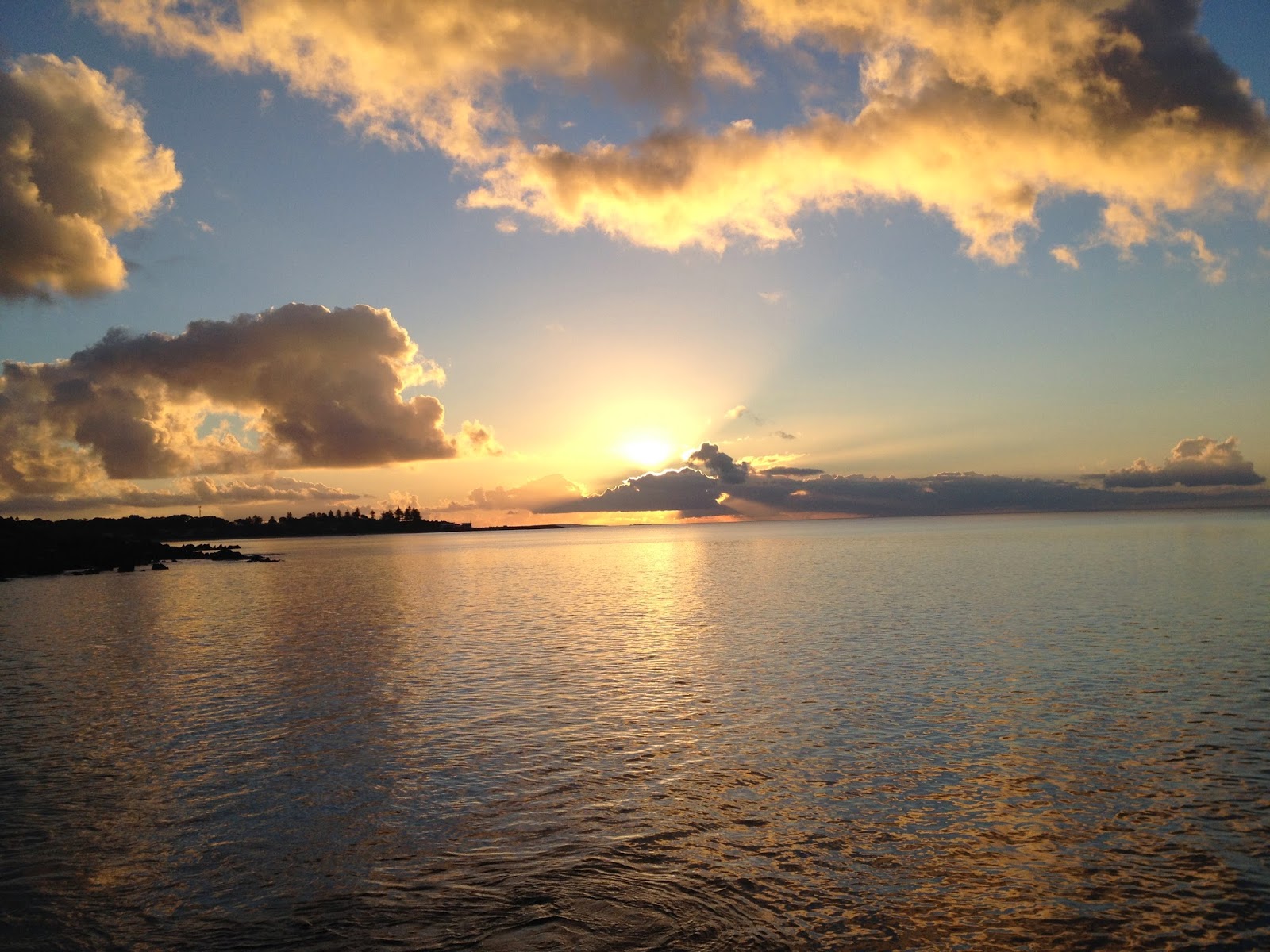Here's to the end of a great summer and the beginning of an even better school year. As I reflect back on my summer experiences I am overwhelmed by all the basic agriculture practices I learned (for instance, driving a tractor).
I spent my summer working within the Agronomy department with Dr. Keith Johnson, a forage specialist and an extension educator. He is part of a much bigger research project headed by CenUSA bioenergy. The idea of the project is to test three different types of native prairie grasses (switchgrass, indiangrass, and big bluestem) for success in marginal land settings. Grasses were chosen for this project based on their potential for bioenergy use. As you can imagine, West Lafayette and the majority of surrounding areas aren't necessarily considered "marginal" land. This being said, a lot of my summer with Dr. Johnson was spent the traveling to our destinations. We had plots in Peru, Trafalgar, and Oakland City, Indiana.
Each location had it's identifier that made it qualify as "marginal land", but the most interesting one (being an environmental scientist) was in Oakland City. It is located north of Evansville on a farm who's land we're renting for the project. Across the street from the grass plot is a working coal mine. HOW COOL! (well not really, but you know what I mean). The irony of growing bioenergy grasses across from a working coal mine is something else.
A photo of the truck at the plots during planting with the coal mine in the background
Now for a little bit about my role in the research. I was Dr. Johnson's right hand girl, helping with planting, fertilizing and spraying herbicide, plot care, data collection and recording, and most importantly, observing and learning the process. One thing I learned this summer, and in my personal opinion, is that not many people out there are as dedicated and will work as hard as a farmer, especially Dr. Johnson. Work wasn't always easy, especially with the hot dusty weather we experienced in Oakland City. Another lesson is that no matter how long it takes, always do something right. We worked in Oakland city from sun up to sun down delineating plots, calibrating the seeder, sowing the seed, and even sowing a specific variety twice to make sure it was done right.
Overall this summer was nothing short of awesome. I hope to aid in the harvest process this fall to further my experience and see the cycle completed.
My advice to all who read this is to never pass up an opportunity to learn.
Brittany














